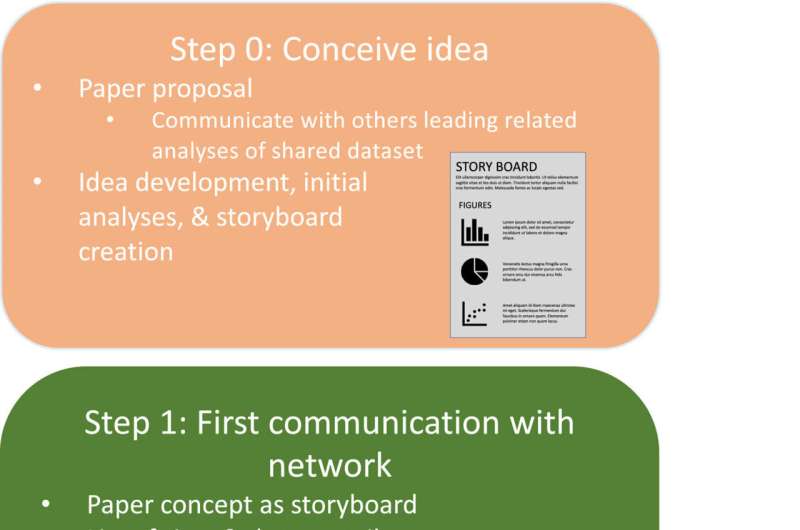This article has been reviewed according to Science X's editorial process and policies. Editors have highlighted the following attributes while ensuring the content's credibility:
fact-checked
peer-reviewed publication
trusted source
proofread
Paper identifies best practices for inclusive authorship to reduce barriers to participation

The Nutrient Network (NutNet) is among the largest, longest running and most successful ecological research collaborations in the world. With experiments replicated at more than 170 sites in nearly 30 countries, NutNet provides a platform for collaboration for hundreds of scientists investigating the impact of nutrients on grassland ecosystems.
Over the 15 years since it was established, the approach to ecological research introduced by the NutNet scientific group has become standard practice for scientist-driven collaboration in ecology. The NutNet group continues to innovate with the introduction of a new framework for collaboration that reduces barriers to meaningful participation especially for new collaborators, students, early career faculty, scientists from underrepresented groups, or researchers from countries with limited institutional support.
The papers generated through this collaboration include some contributions with more than 70 authors. But unlike some "massively multi-authored papers," NutNet publications reflect substantive contributions by all authors, documented in detail.
Elizabeth Borer, a professor of Ecology Evolution and Behavior at the University of Minnesota and a NutNet co-founder, along with her NutNet colleagues developed their approach, described in Methods in Ecology & Evolution, based on their experience coordinating and contributing to the publication of over 100 papers.
"Barriers in this process fall into a few categories, arising from many sources: when to share with co-authors, how to balance diversity of input against efficiency in moving to publication, and openness to feedback," says Borer. "Modifying the process, itself, can help to overcome those barriers."
The approach described in the paper identified a number of best practices including:
- Sharing a paper initially as a storyboard with clear expectations, assignments, and deadlines to foster communication and create unambiguous opportunities for all authors to contribute intellectually.
- Link to a shared online spreadsheet with the authorship rubric. Researchers note how they plan to contribute within the rubric for a paper. A final version of this spreadsheet, updated to reflect actual contributions, is published as an online supplement detailing each author's personal contribution, for internal and external transparency of contributions.
"The perception that co-authors on large authorship publications have not meaningfully contributed underlies widespread institutional bias against multi-authored papers, disincentivizing large collaborations despite their widely recognized value for advancing knowledge," says Borer. "Our approach identifies and overcomes key barriers to meaningful contributions, protecting the value of authorship even on massively multi-authored publications."
More information: Elizabeth T. Borer et al, Writing a massively multi‐authored paper: Overcoming barriers to meaningful authorship for all, Methods in Ecology and Evolution (2023). DOI: 10.1111/2041-210X.14096
Journal information: Methods in Ecology and Evolution
Provided by University of Minnesota





















